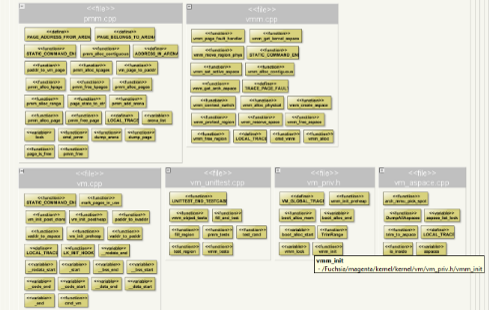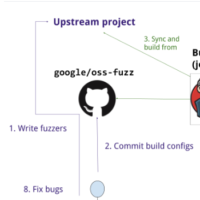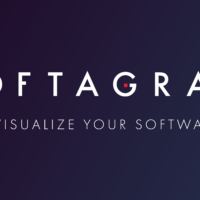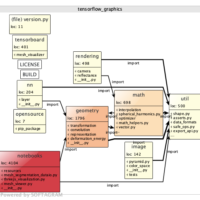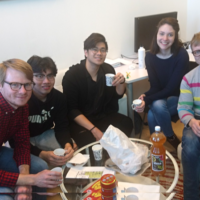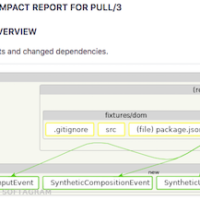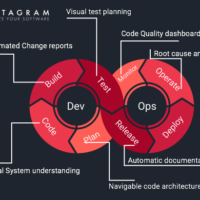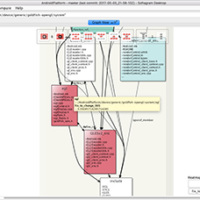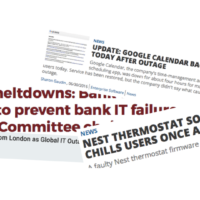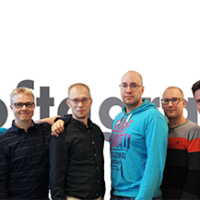You may have noticed recent industry buzz around Google’s new OS project “Fuchsia”. It piqued also our interest and we decided to run it through Softagram analysis.
Fuchsia is a remarkable project with ~70 repositories and tens of millions of codelines. Above everything else, we anticipate huge public need and interest to know more detail of this project. Yet another OS; why, what and how? Yes, we’re all asking the same question and we know that Softagram can help there 🙂
During past weeks have added also a number of important new features to Softagram. Now we support handful of new languages, including Objective-C. You can navigate dependency chains across the entire project at very atomic level of detail. Pretty neat, huh? 🙂
Fuchsia seems nicely organised and surprisingly large project regarding to its early age. Most of the code evolution currently seems to happen inside Magenta- and Third-Party repositories. Magenta is the beef there really. It’s the extended OS functionality above LK (Little Kernel). While intent seems to keep Magenta as lightweight as possible, it brings some important features such as virtual memory into picture.
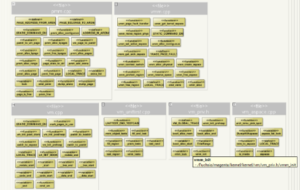 Above diagram shows internals of Kernel
Above diagram shows internals of Kernel implementation at function level. It’s evolving day by day and we will definitely keep our eyes on it. The best starting point for studying large projects like Fuchsia is to look into top level decomposition of the project. There are a couple of high quality diagrams available
HERE. We also got some large size (that’s a couple of square meters 🙂 ) wallpaper printouts available if you happen to fancy one. Just let us know.
For further investigations it would be best to navigate the Fuchsia model across with Softagram Desktop client. Contact us (Just click the chat button from right bottom corner) if this is something you want to learn more about!
You can run your favourite OSS codebase in our cloud today, for free (Max 2MLOC). Start here:
https://softagram.com/softagram-cloud  Above diagram shows internals of Kernel implementation at function level. It’s evolving day by day and we will definitely keep our eyes on it. The best starting point for studying large projects like Fuchsia is to look into top level decomposition of the project. There are a couple of high quality diagrams available HERE. We also got some large size (that’s a couple of square meters 🙂 ) wallpaper printouts available if you happen to fancy one. Just let us know.
For further investigations it would be best to navigate the Fuchsia model across with Softagram Desktop client. Contact us (Just click the chat button from right bottom corner) if this is something you want to learn more about!
You can run your favourite OSS codebase in our cloud today, for free (Max 2MLOC). Start here: https://softagram.com/softagram-cloud
Above diagram shows internals of Kernel implementation at function level. It’s evolving day by day and we will definitely keep our eyes on it. The best starting point for studying large projects like Fuchsia is to look into top level decomposition of the project. There are a couple of high quality diagrams available HERE. We also got some large size (that’s a couple of square meters 🙂 ) wallpaper printouts available if you happen to fancy one. Just let us know.
For further investigations it would be best to navigate the Fuchsia model across with Softagram Desktop client. Contact us (Just click the chat button from right bottom corner) if this is something you want to learn more about!
You can run your favourite OSS codebase in our cloud today, for free (Max 2MLOC). Start here: https://softagram.com/softagram-cloud 